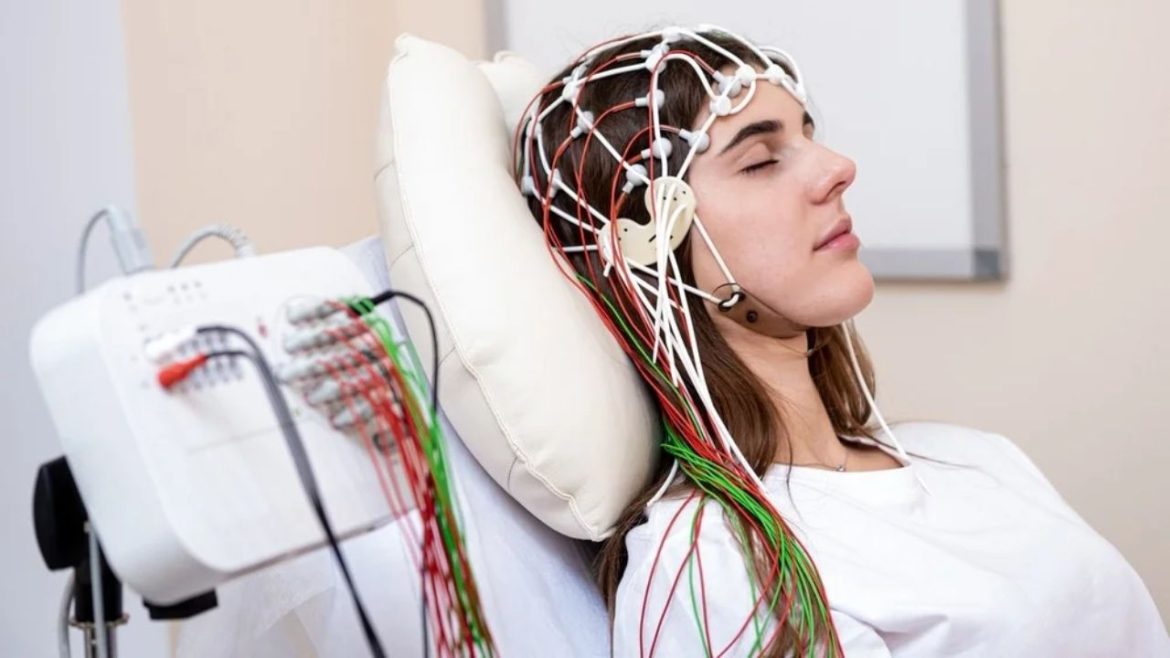Accuracy and dependability are the keys to the modern surgical setting, and the ability to control the electrical activity of the brain is a priority. EEG lead wires are important in the connection of electrodes to monitoring equipment, as they are used to pass the sensitive neural signals that will direct the anesthesiologist and surgeon during a procedure. In choosing the appropriate eeg leads to be used during a surgery, one has to consider some important aspects such as conductivity, impedance, flexibility, durability, compatibility, and ability to be sterilized. All these features have a direct impact on the accuracy and safety of intraoperative brain monitoring.
The Role of EEG Lead Wires in Surgical Monitoring
EEG lead wires are used to connect EEG electrodes with the patient monitoring system. They transmit electrical impulses of the brain on the level of microvolts of electricity to the monitoring device, and the information is analyzed to evaluate the neurostate of the patient. These signals are the key to the effectiveness of medical professionals in perceiving brain activity in surgical settings, in particular, during anesthesia management or neurosurgical procedures. Disruptions or even minor distortions of signal transmission can cause inaccurate measurements, as they may influence patient safety and surgical outcomes. Thus, it is not only a technical matter of choosing what kind of EEG lead wires to use, but also a clinical imperative.
Signal Clarity and Conductivity
Electrical conductivity is one of the most important factors to consider when choosing EEG leads. Good leads should be able to conduct weak brain signals effectively; they should not lose or distort. The use of materials like gold, silver, and silver chloride is usually made because of their excellent conductive characteristics and low resistance. These materials guarantee an uninterrupted, constant signal even when operations are very long. Materials that have a low conductivity, however, may result in signal dropouts, noise, or an imbalance in the impedance, which will give unreliable readings. Clarity and stability cannot be compromised in anesthesia depth monitoring, where an EEG signal is used to measure the extent of sedation.
Low Impedance and Noise Reduction
EEG lead wires also require low impedance. Impedance is defined as the resistance that is experienced by the electrical signal on its way through the lead. Low-impedance cables are used in surgical monitoring, where accuracy and signal transmission are paramount factors, and noise intrusion is reduced. Artifacts or false readings can be due to high impedance or poor insulation that causes artifacts due to the presence of static, electromagnetic interference, or movement. The cables should be shielded properly and designed using materials that maintain consistent levels of impedance during the procedure so that BIS (Bispectral Index) monitoring and EEG waveform capture are properly covered.
Operating Room Flexibility and Handling
Flexibility is critical for ease of usability and comfort to the patient. EEG leads are frequently circumnavigated around surgical drapes, monitoring devices, and sterile fields. Rigid or ill-designed cables may limit movement, disrupt equipment, or be uncomfortable to the patient. Lightweight flexible lead wires enable medical personnel to place the lead and fix it effectively without losing sterility and signal quality. In addition, the insulation materials are flexible and minimize the chances of inner wire breakage, as well as enhance the lifespan of the product, particularly in surgical settings with a high turnover.
Custom Design and Application-Specific Needs
There are EEG setups that require specialized surgical procedures. As an example, neurosurgery, cardiac surgery, and deep anesthesia monitoring might need custom lead lengths, color codes, and connector configurations. Bespoke EEG leads not only enhance the efficiency of the workflow but also minimize the problems of setup since they can be easily identified and organized. Manufacturers of OEM or ODM can also customize the product specifications, labeling, and packaging to fit the specific requirements of the medical institution or device brand, improving performance and brand uniformity.
Conclusion
The choice of the appropriate EEG lead wires, which are to be used in surgery, involves a healthy equilibrium between technical performance, the quality of the material used, and clinical expediency. Conductivity, low impedance, flexibility, durability, and compatibility are factors that directly influence the effectiveness of EEG monitoring in the process of making decisions during surgery. Properly selected lead guarantees the clarity and the consistency of brain signals during the procedure and allows anesthesiologists to maintain the optimum level of sedation and surgeons to work with confidence. Companies such as Medke are already enhancing EEG cable design to achieve global standards of accuracy, safety, and reliability so that each signal transmitted may be involved in a safer and more efficient operating environment.

